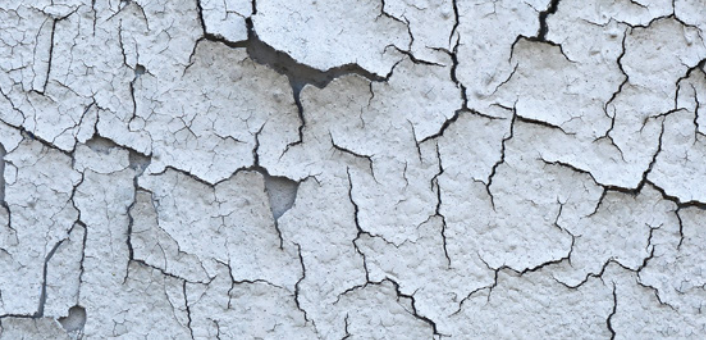In a recent publication, Andrew Hodkinson and Joel Thornton from Charles Taylors Adjusting, outline how an Engineering Loss Adjuster can team up with appointed lawyers to quickly identify the key issues in a PI (Professional Indemnity) claim and determine how best to establish probable root cause, liability and quantum aspects. In their first case-study, they explore PI issues surrounding blistering coatings.
Manifestation
From time to time in respect to construction projects, it is not uncommon to come across claims involving coating failures, such as bubbling, flaking or cracking. In these cases, normally the first to discover the ‘problem’ is the contractor involved in the construction or an operator after handover.
Such issues can be difficult to assess and expensive to rectify…When such matters arise, the supplier states it must be an installation problem or the contractor asserts the product is faulty. Everyone wishes to look the other way because site fixes are not straight forward and can be wide spread.
The primary concern with coating failures is that the normal sole purpose of the coating is to protect the parent material from corrosion, heat, weather etc. In some cases, such as hydrocarbon plants, the failure of a coating can expose stainless steel pipe to stress corrosion cracking which can obviously lead to gas release and explosion.
Root Cause
If a consultant that is not an Insured party to the construction policy has provided advice upon which others have relied, which has led to the coating failure, then they could be staring down the barrel of a claim. In respect of coating failures some causes can include:
- Incorrect paint specification advice i.e. coating does not suit the environment or the material to which it is applied
- Incorrect installation advice – does the coating require certain surface preparation or curing time?
The science behind coatings and making them ‘work’ can be quite complex. With such matters it is most efficient to involve an Engineering Loss Adjuster who understands coatings, corrosion, construction and the various technical inputs that might apply. With many parties pointing at each other, it can be quite surprising how a ‘guilty’ party can spin their story to their advantage. Engineering adjusters can assist in pin pointing probable causes and then involving the best and most appropriate subject matter expert to produce an expert report for lawyers – should the claim be big enough.
Quantification
The loss in most cases will involve blasting off all the ‘damaged / failing’ coating back to the bare material. A recoat exercise would then take place, only once the root cause is fully understood, and the chance of reoccurrence eliminated.
In the oil and gas industry, the surface areas involved can be offshore on FPSO’s or platforms. The adverse environment can make for a very expensive fix. If indemnity for such a loss were to be granted, then the Engineering Loss Adjuster would likely work with suitable Quantity Surveyors to either determine a ‘ground up’ loss estimate or alternatively audit a claim submission provided by the third party. Either way the quantum review of such matters can be complex and technical.
When Lawyers and Adjusters work as a team then the benefits to Insurers and their clients will include enhanced commercial relationships, reduced costs, maximum efficiency and an overall user friendly experience, Charles Taylors Adjusting concludes.






























































